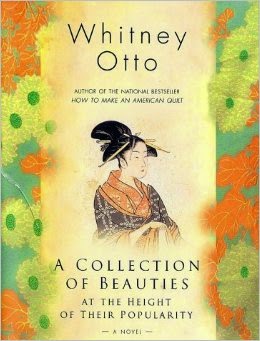I’d read a
non-fiction account of Vanessa Bell’s life, so I thought I had a pretty good
idea of what this book would be. What I hadn’t counted on was the difference
between a dispassionate relating of a life versus a first person account.
This book is
told mostly via the device of Vanessa’s (nonexistent) diary, with other voices
filling gaps via postcards, letters & telegrams. Vanessa is Vanessa Bell,
the painter, and her sister is Virginia Woolf. The other voices are the rest of
the Bloomsbury group, those Bohemian intellectuals and
artists of the early 20th century. Covering 1905 through 1912, we
get to watch Clive Bell court Vanessa Stephens and marry her. We watch as Virginia wanders in and out of manic and
depressive states, and works constantly to have everyone’s attention on her. I
knew Virginia Woolf suffered by bipolar disorder; I was unaware of her strong
streak of Narcissism.
Getting the
story via Vanessa’s diary allows us to feel what she felt with an immediacy
that can’t be expressed through other points of view. The intensity of being in
Vanessa’s head as each event happened made me unable to put the book down. The
keenness of her sadness when loved ones died and her near constant anxiety about
what Virginia and/or Bell would do next is raw and aching. I read
the book in two days, dying to see what would happen next, and was bereft when
I finished it because I knew Vanessa led a long life and I wasn’t going to get
to see the rest of it through this author’s eyes.
The above is an affiliate link. If you click through and buy something, Amazon will give me a few cents.
I received this book from the Amazon Vine program in return for an unbiased review.
Neither of these things influenced my review.






